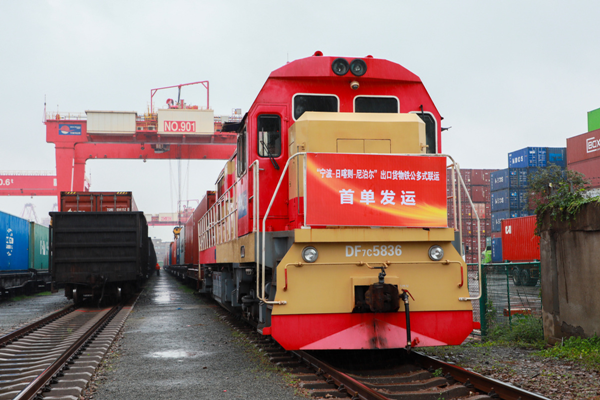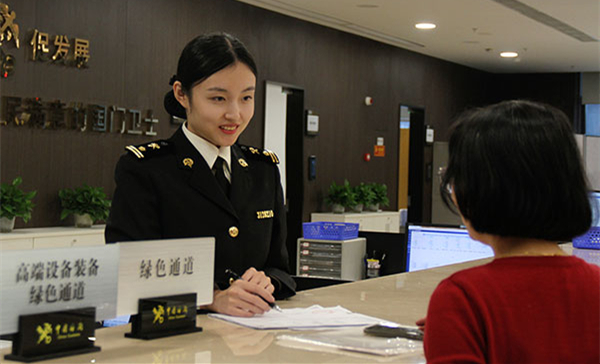Growth in the time of commodity rise

A port worker (left) guides a container truck driver at Beilun Port, part of Ningbo-Zhoushan Port in Zhejiang province. [Photo by ZHONG NAN/CHINA DAILY]
Amid surging prices, Chinese companies find a variety of ways to survive and thrive
Earlier this month, as a bulk carrier that set sail from Chile in South America docked at a terminal of the Zhangjiagang Port in eastern China's Jiangsu province, Qian Jiang directed scores of workers unloading the cargo to ensure all 10,000 metric tons of the copper concentrate could be scraped clean to the last milligram.
The unloading process took over three-and-a-half hours to complete.
Qian, an executive from the quality control center of Tongling Nonferrous Metals Group Co Ltd in Anhui province, was under instructions to treat the imported copper concentrate as gold-precious because of the recent surge in commodity prices.
There is no margin for wastages these days in the commodities trade. Tongling Nonferrous Metals Group spent over 100 million yuan ($15.5 million) to import the copper concentrate, which is a raw material for copper.
Prices of such commodities have surged by more than 50 percent globally over the past 12 months, creating unforeseen challenges for enterprises the world over, including those in China.
Like Tongling Nonferrous, Chinese companies across industries are leaving no stone unturned to remain competitive in a tough global market environment.
Surging commodity prices were a potential double whammy, or an Aliesque one-two knockout punch, for many of the COVID-savaged enterprises. For, most businesses' fortunes are linked directly or indirectly to prices of commodities or raw materials.
In response, they have been adopting a variety of strategies to survive and thrive amid arguably impossible conditions. Some have embraced e-commerce and high-tech, others have digitalized their operations for the first time, while a few others explored soft power, supply chain restructuring, new partnerships to boost trade, and business promotion and brand-building activities like participation in expos.
By mid-June, signs emerged that such measures may be paying off. What's more, the price surge has not shrunk demand-import volumes kept growing through the period of soaring prices.
For instance, China's total import volume of copper ores and concentrates reached 9.83 million tons in the first five months of this year, up 6.4 percent year-on-year.
Similarly, imports of unwrought copper and copper materials jumped 8.4 percent to 2.37 million tons, data from the General Administration of Customs showed.
"Driven by growing demand in the export market, and in infrastructure and industrial sectors, Chinese companies have a big need for copper," said Qian.
The domestic market expansion under the new dual-circulation development pattern has also provided great opportunities for export-oriented companies. They have been able to unearth more growth points in the vast domestic market.
China's new development paradigm, a major strategy championed by Chinese President Xi Jinping, sees domestic and overseas markets reinforcing each other, with the domestic market as the mainstay.
During his inspection tour of Northwest China's Qinghai province earlier this month, Xi also called for fostering a policy environment that encourages, supports and guides the development of private enterprises, as well as coordinating the development of industries and enterprises with efforts for boosting employment.
Even though the prices of commodities have surged notably since the second half of last year, Amico Group Co Ltd, a Ningbo, Zhejiang province-based private valve and faucet manufacturer, has continued to import over 1,000 tons of copper and related products on a monthly basis, driven by the stable growth in its business orders this year.
"Owing to the surge in domestic consumers' demand for quality daily necessities in recent years, sales of copper products have increased significantly. So, we have shifted our business from 100 percent exports to 80 percent domestic sales," said Zhou Guoxiang, the group's vice-president.
The company's sales in the home market reached more than 400 million yuan, or around $62 million, in the first quarter of this year, while its exports exceeded $20 million.
"Since our foreign trade and domestic sales have both increased by 40 percent year-on-year from January to May this year, the growth pattern of boosting domestic sales to drive foreign trade has already taken shape," he said.
Although many Chinese companies have already increased their output to ensure the smooth running of their overseas sales networks, they are facing the pressure of growing commodity, labor and shipping costs, said Chen Zhongda, deputy head of Yinzhou Customs, a branch of Ningbo Customs in Zhejiang province.
"Bulk commodity price rises gained momentum in the fourth quarter of last year, and this trend has accelerated this year as consumption outpaced supply," he said, adding that quantitative easing measures in many countries have also generated liquidity and boosted commodity prices.
To cope with anticipated heightened pressure in the second half of this year due to increasing commodity prices, skyrocketing shipping costs and a fluctuating foreign exchange rate, Beifa Group, a leading stationery and office supplies manufacturer based in Ningbo, has adopted a strategy used by many other export-oriented companies.
Beifa has been partnering with over 3,200 companies from the upstream and downstream supply chain across China, to ensure they stay competitive in both global and domestic markets.
After selling 20 billion pens, ball pens and pencils globally for more than two decades, the company, supported by over 3,000 designers, currently is building a cultural and creative goods-themed industrial chain to promote its sales in several segments of the market, including schools, offices, gift sections of department stores and art institutes.
In addition to producing high-end pens and further competing with global rivals such as Mont Blanc, the Swiss manufacturer of premium pens and watches, and the US-based Parker Pen Co, the company will deploy resources to develop digital and artificial intelligence products like lamps and lanterns, and other smart home products, said Qiu Zhiming, the group's chairman.
The company aims to boost its home market share to 20 percent this year, though its exports grew in 2020. What's more, in the first quarter of this year, export value surged 130 percent year-on-year.
"We will do more in exploring cross-border e-commerce this year, building overseas warehouses and providing customized services to foreign consumers. All these efforts aim to diversify risks," he said.
Rising prices of aluminum, copper and steel (iron ore) have forced Aux Group, a Ningbo-based air conditioner manufacturer, to raise product prices. Aux Group's competitors in both China and the rest of the world followed suit.
Thus, the prices of refrigerators, televisions and washing machines have risen in the domestic and global markets this year, said Deng Jun, executive vice-president of Aux Group, noting there will be more price hikes in the air conditioning industry in the second half of the year.
Because the pandemic compelled more people to stay at home across the world last year, Aux Group managed single-digit growth in exports in 2020. It saw more than 20 percent growth in exports in the first quarter of this year. It aims to ship up to 8 million air conditioners to markets abroad in each of the next two years.
Deng said the company, apart from expanding sales networks in its traditional markets, including the Middle East and Europe, will seize opportunities in Southeast Asia, supported by its manufacturing bases in Thailand and Indonesia. This will be possible due to favorable tariff policies under the framework of the Regional Comprehensive Economic Partnership agreement, he said.
China's imports and exports are expected to see steady expansion and improved quality this year, with the support of a series of favorable conditions, according to a report released by the Ministry of Commerce in early June.
To ease the pressure exerted by the economic impact of COVID-19, more than 10,000 Chinese export-oriented companies went online for the first time in 2020, while a large number of Chinese companies adopted digital solutions, including big data, business-to-business platforms and online exhibition activities to attract global customers and increase sales, the report said.
"Many Chinese manufacturers have continued to add investment to improve the technical content and added value of export products, in a bid to move up the value chain," Deng said.
He further said that a growing number of Chinese companies have also begun to cultivate their "soft power" for exports, focusing on improving the comprehensive capabilities of supply chain management, brand-building, quality-control and after-sales services to further compete with their global rivals.
China's foreign trade soared 28.2 percent year-on-year to 14.76 trillion yuan in the first five months of this year, reflecting its exports and imports are picking up growth momentum that is increasingly driven by domestic demand as well as booming overseas orders.
In the January-May period, the country's exports soared 30.1 percent year-on-year to 8.04 trillion yuan, while its imports rose 25.9 percent to 6.72 trillion yuan. Its trade surplus surged 56.2 percent year-on-year to 1.32 trillion yuan.
Chen Bin, executive vice-president of the Beijing-based China Machinery Industry Federation, predicted that second-quarter financial results of companies will show that China's export growth remained strong, as the COVID-19 pandemic saw a resurgence in export-oriented countries such as India and Vietnam, hurting their exports and making their overseas customers look for alternative suppliers.
Liang Ming, a researcher at the Chinese Academy of International Trade and Economic Cooperation, said: "We found that the structure of China's foreign trade is optimizing. For example, the contribution of processing trade is gradually increasing. China's high-tech companies from the private sector, State-owned enterprises and foreign-funded companies have all performed well to date this year."
With many countries setting goals to further cut carbon emissions, Chinese electric vehicle manufacturer Nio Inc announced last month that it will start exporting vehicles to Norway in September, its first step of its go-global campaign.
William Li, Nio's CEO, said the company will start to take orders in July. The vehicles will be made at its plant in Hefei, Anhui province.
Li said the company's passenger vehicles will be available in five European countries by 2022. The company has also been discussing the possibility of entering the market in the United States, he said.

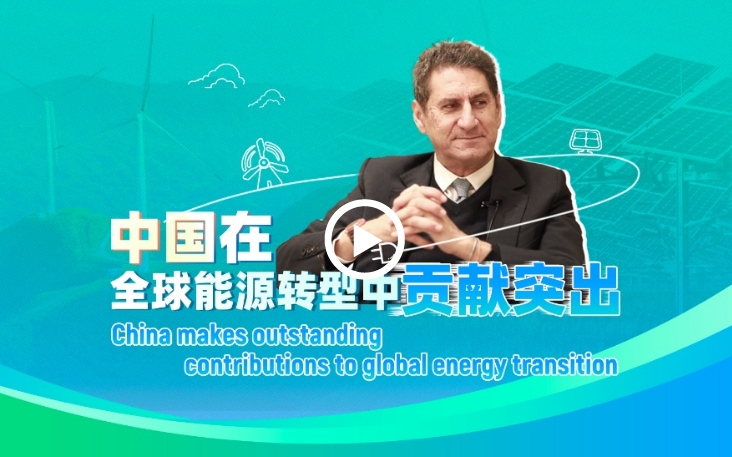 China makes outstanding contributions to global energy transition
China makes outstanding contributions to global energy transition 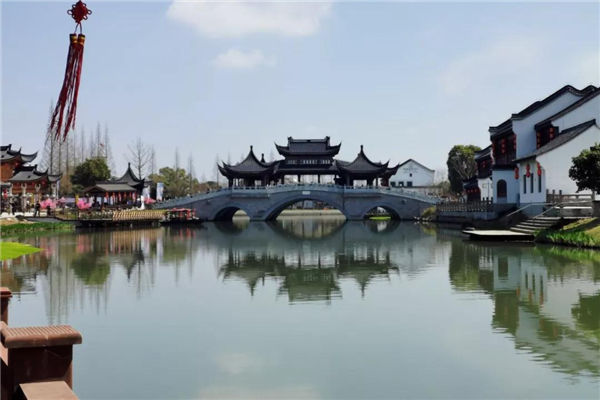 Ningbo village inspires Malawi official
Ningbo village inspires Malawi official 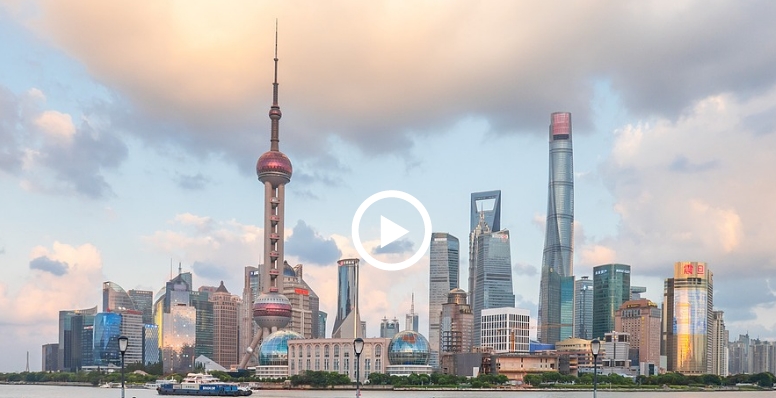 A look at China's economic data in the first three quarters of 2024
A look at China's economic data in the first three quarters of 2024 
